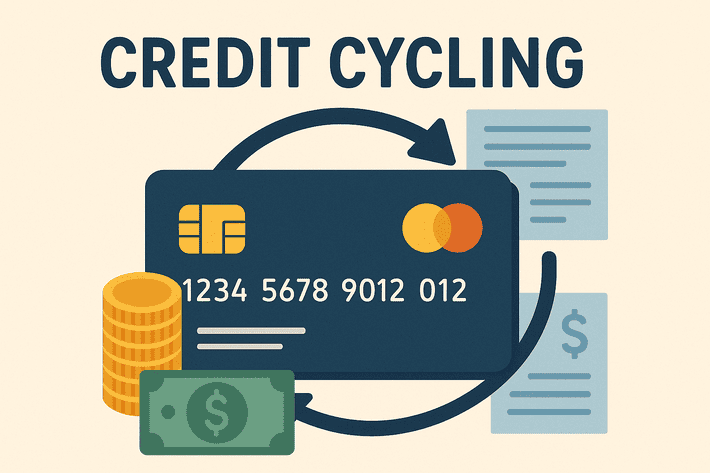Statement Balance vs. Current Balance
When it comes to your finances, knowing how to read your statements correctly is crucial. However, this can be easier said than done, especially when there is a lot of complicated jargon.
What Is Your Statement Balance?
Every credit card has a billing cycle, which tends to be around 30 days. The statement balance figure gives you an overview of all debits and credits on your credit card account within a specified billing cycle.
Aside from any payments and purchases you made throughout the specified period, the statement balance will also incorporate any of the penalties, interest, or fees charged by the credit card issuer and any credits that have been issued, for example, if you have returned a purchase.
The statement balance is generated on the final day of the billing cycle, i.e., the closing date.
The statement balance will need to be paid in full every month to avoid any credit card interest being applied to your account. If not, the part of the statement balance you did not pay will be carried over to the following month, and you will accrue interest.
If you cannot pay off your statement balance in full, make sure that you make the minimum payment at least so that you can bypass late payment fees and the negative impact they have on your credit score.
What Is Your Current Balance?
Your current balance, also known as your credit card balance, reflects the current amount of all payments and charges made to your account up to the day in question.
Just like the statement balance, your credits, penalties, interest, and fees will be included, along with payments or purchases you have made.
If you use your credit card on a regular basis, your current balance will usually differ from your statement balance. This is because your current balance changes continually, so you can see a running tally of what you owe at any given moment.
Finding Your Current Balance and Statement Balance
Your statement balance is found on your monthly credit card statement. In most cases, your lender will send this to you either electronically or in the mail if you request it.
As your current balance can change in real-time, signing into your online account is the best way to get the most up-to-date information.
Should You Pay Your Statement Balance or the Current Balance?
To avoid paying interest, you won’t need to pay your entire current balance. Instead, you will need to pay the statement balance on your credit card bill. If you consistently pay this amount in full by the due date, you will avoid paying late fees or interest.
If the changes you have made since your previous billing cycle are creating more debt than you are comfortable with, it makes sense to pay off your current balance early. This can help to improve your credit utilization rate and, consequently, your credit score.
However, if you cannot pay off your entire statement balance, it is vital to cover the minimum payment, at least. This will help you protect your credit score and keep your account in good standing order.
Understanding How Your Current Balance Impacts Your Credit Use Rate
Depending on the way your credit card company reports your account balances to the consumer credit reporting agencies, your current balance might impact your credit utilization ratio. For those unaware, your credit utilization rate simply refers to the amount of credit you are using within any given timeframe.
Therefore, the higher your balances are, the higher your credit utilization rate will be, which can have a negative impact on your credit score.
If you are concerned about your rate of credit utilization being too high, look to pay off your statement balance whenever you are able to. A good aim is for your current balance to be less than 25 percent of your total credit limit.
For years, the clients I worked for were banks. That gave me an insider’s view of how banks and other institutions create financial products and services. Then I entered the world of journalism. Fortunly is the result of our fantastic team’s hard work. I use the knowledge I acquired as a bank copywriter to create valuable content that will help you make the best possible financial decisions.





